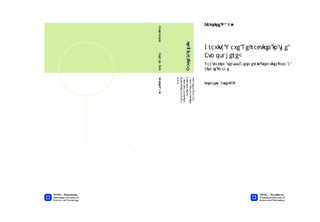Gravity Wave Refraction in the Atmosphere:: Ray tracing versus Geometric Location from a Single Image
Master thesis
Permanent lenke
http://hdl.handle.net/11250/246945Utgivelsesdato
2013Metadata
Vis full innførselSamlinger
- Institutt for fysikk [2695]
Sammendrag
This thesis presents two methods of finding the sources of gravity waves observed in the night-time hydroxyl airglow; ray-tracing and geometric localisation by fitting concentric circles onto the curvature of the gravity waves' fronts. The observations were made at Dragvoll, Trondheim during winter season of 2012/2013 using an all-sky camera system with a 45$^\circ$ field of view. Wintertime in Trondheim has proved to be a good place to study gravity waves by OH nightglow imaging. Nearly every clear night, the images that were taken captured evidence of gravity wave activity. This thesis explores the probable sources of the gravity waves. Possible gravity wave sources in the Trondheim area include weather fronts coming in from the western coast, airflow over the Norwegian mountain ridge and auroral activity. Most of the waves were found to propagate from sources in the mountainous inland region of Norway. Given their locations, it is highly likely that these waves are caused by topographic launching. Simply put, topographic launching is airflow over mountains generating waves that propagate freely away from the source region. This is made even more likely by ruling out other possible sources. There is little convective activity in wintertime Norway, making thunderstorms an unlikely source. The fact that the waves propagated from sources near the tropopause rules out auroral activity as the cause of the observed waves.
